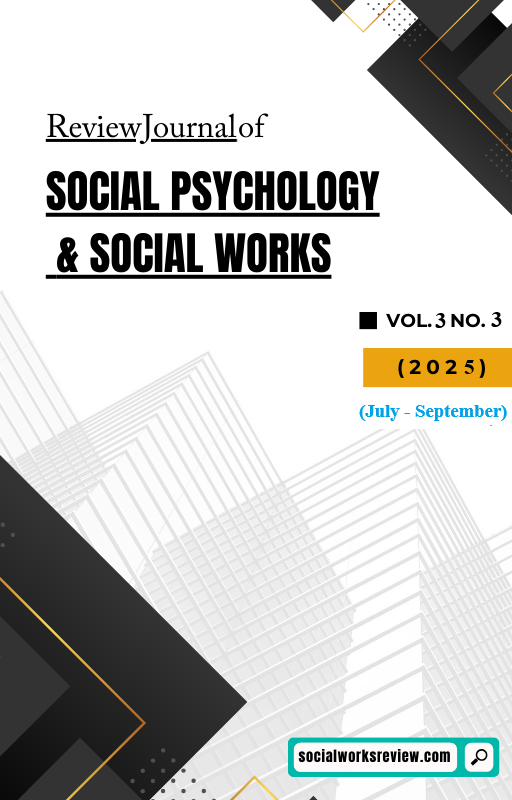Gender representation in Chinese, American, and North Korean news report: Case study of Kim Yo-jong’s portrayal: A corpus based comparative discourse Analysis
DOI:
https://doi.org/10.71145/rjsp.v3i3.335Keywords:
Kim Yo-jong, Gender Representation, Media Portrayal, North Korean Media, Political Leadership, Gender Erasure, Diplomatic Role.Abstract
This study investigates the gender portrayal of Kim Yo-jong, the sister of North Korean leader Kim Jong-un, across North Korean, Chinese, and American media sources. This paper aims to explore how gender affects her portrayal in these media houses and how these portrayals tenets different political systems. It draws upon a cursory examination of keywords, bigrams, and the thematic framing of the given subjects in the media outlets of these countries. The findings on the following aspects show a gendered difference in coverage, and Kim Yo-jong’s coverage, in particular, has many inconsistencies. In North Korean news, however, she is not depicted as a woman but as a subject supporting the regime. However, Chinese media presents her as a Strategic Diplomat, not as a woman, and this is due to China’s gender-neutral policy on leadership. American media works with her gender representation as a ‘sex symbol power’ but a deadly one all the same, which is a big issue of having a women leader in men’s world. As for the research subject, this work discusses gender stereotyping regarding women in media, especially about authoritarianism and politics. South Asian and Western media and different political systems put gendered construction of political leaders and how the news media portrays female leadership differently. Thus, based on the analysed texts, the North Korean and Chinese texts de-emphasise gender. In contrast, the American texts over-emphasise the gender issue, though differently, thus identifying gender, political roles, and ideological framing as essential aspects of current global media discourses.





